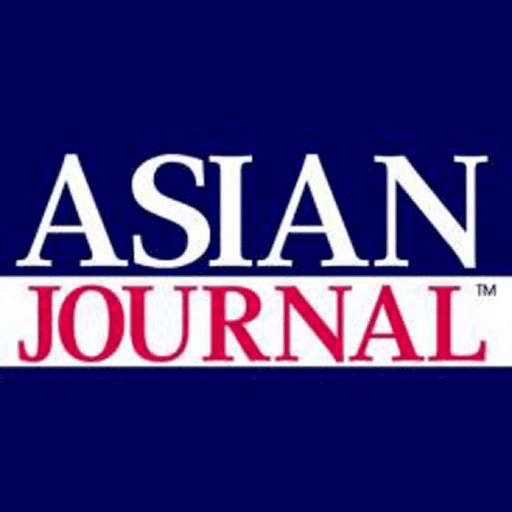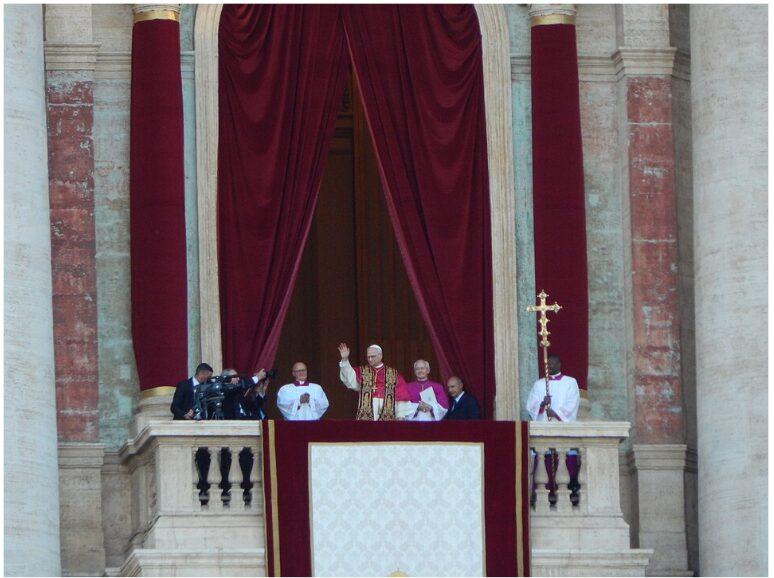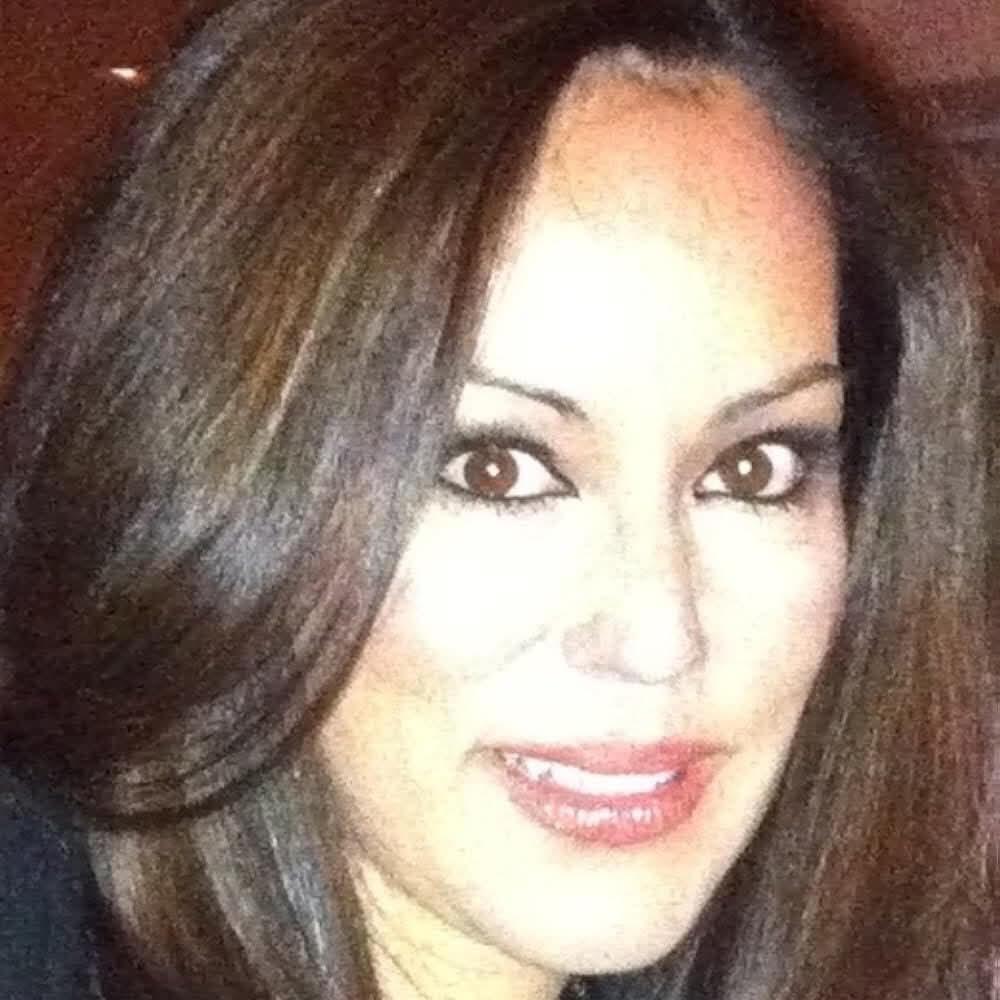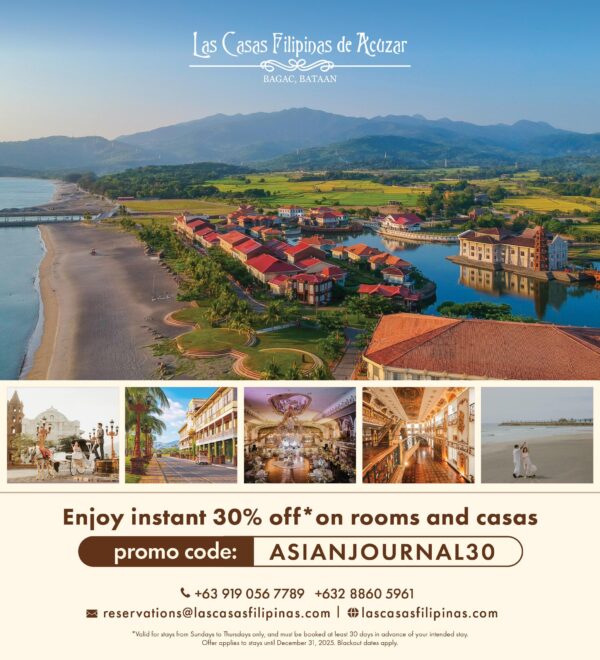Pope Leo XIV waves in St. Peter’s Square, 8 May 2025
Author: INFOWeather1 Source: Own work License: CC BY-SA 4.0
Historical patterns in papal conclaves reveal how unexpected choices—like the election of Pope Leo XIV (formerly Cardinal Robert Prevost)—often defy frontrunner predictions, highlighting the decisive role of humility, spiritual discernment, and pastoral leadership in the selection of a pope.
VATICAN CITY — Among the many traditions and superstitions surrounding the papal conclave, one phrase endures in both jest and wisdom: “He who enters the conclave as pope comes out a cardinal.” The election of Pope Leo XIV, formerly Cardinal Robert Francis Prevost of Chicago, is the latest and perhaps most striking example of this adage in action.
Prevost was not among the most publicized “papabili.” Yet his election underscores a familiar pattern: when the conclave reaches an impasse among frontrunners, the cardinals often coalesce around a figure whose quiet strength, spiritual depth, and pastoral grounding offer unity more than headlines. That figure was Cardinal Prevost.
The Underrated Contender
At the time of the conclave, Cardinal Prevost was serving as Prefect of the Dicastery for Bishops, one of the most powerful posts in the Vatican. He was a canon lawyer, a former missionary bishop in Peru, and a trusted advisor on episcopal appointments. But beyond his titles lay the traits that resonated most with his fellow electors—humility, reform-mindedness, and a deep global perspective.
Here are the key attributes that made him an ideal, if unexpected, choice:
- Global Experience: Prevost’s years as a missionary and bishop in Peru rooted him in the pastoral realities of the Global South, a vital region for the modern Church.
- Multilingual and Culturally Fluent: Fluent in Spanish, French, and English, he represents the increasingly multicultural and polyglot nature of Catholic leadership.
- Academic and Theological Rigor: With degrees from Villanova University and a doctorate from the Angelicum in Rome, Prevost’s formation reflects deep theological grounding. He initially trained as a mathematician—an early academic path that cultivated his methodical thinking and problem-solving skills.
- A Knack for Church Management: Known for his organizational discipline and steady leadership style, Prevost brings a quiet efficiency to Church governance. His appointment as Prefect of the Dicastery for Bishops was a vote of confidence from Pope Francis, entrusting him with the complex task of overseeing episcopal appointments worldwide.
- Augustinian Spirituality: A member of the Order of St. Augustine, he embraces a spirituality of community, humility, and service—resonant with Pope Francis’s pastoral vision.
- Reputation for Reform: Prevost supports synodality and inclusive governance, aligning with the Church’s current emphasis on listening, collaboration, and shared discernment.
A Conclave of Surprise—and Consensus
While figures like Cardinal Matteo Zuppi of Italy, Cardinal Peter Turkson of Ghana, and Cardinal Luis Antonio Tagle of the Philippines attracted media speculation, it was Prevost who became the consensus candidate. Sources familiar with previous conclaves note that when early rounds yield no frontrunner, electors often look to someone respected by all but expected by few.
Prevost offered a rare combination: a North American with deep Latin American ties; a Vatican insider with missionary credibility; and a mathematician-turned-theologian with a disciplined, managerial style. His name gained traction in later ballots, and when the white smoke emerged from the Sistine Chapel chimney, it signaled not only the first North American pope, but also the affirmation of character over celebrity.
Historical Echoes
This pattern is not without precedent. Pope John XXIII, elected in 1958 as a so-called transitional pope, shocked the world by convening the Second Vatican Council. Pope Francis was also not the leading candidate in 2013, nor was he widely expected to succeed Benedict XVI. Even Benedict himself once warned, “He who goes in a pope, comes out a cardinal,” acknowledging the conclave’s unpredictable, spirit-led nature.
A Papacy for the Crossroads
Pope Leo XIV takes the mantle of leadership at a pivotal time. In the West, the Church faces secularism, youth disaffection, and declining participation. In the Global South, the faithful grow in number but often lack institutional support. Prevost’s dual identity—as a Chicago native and a Peruvian missionary—positions him uniquely to bridge these divides.
His election may not have been loud, but it was clear: the cardinals did not seek spectacle, but steadiness. And in the silence of prayer and ballots, they found in Robert Prevost not a frontrunner, but a shepherd.







